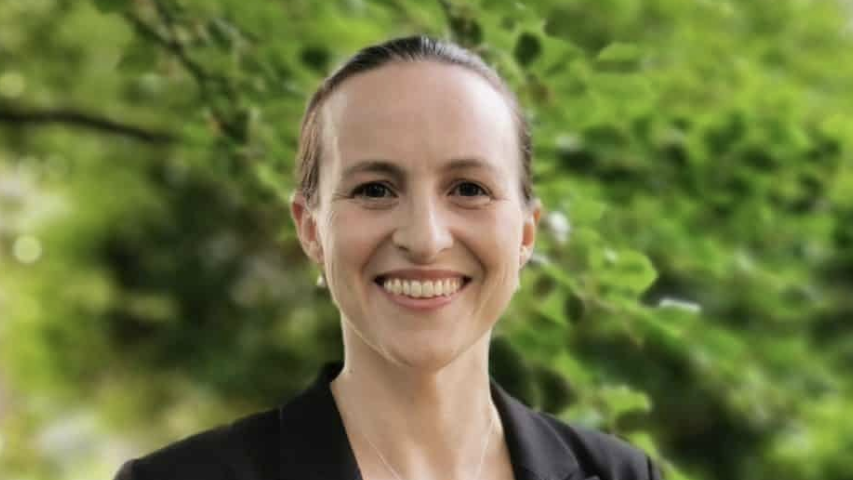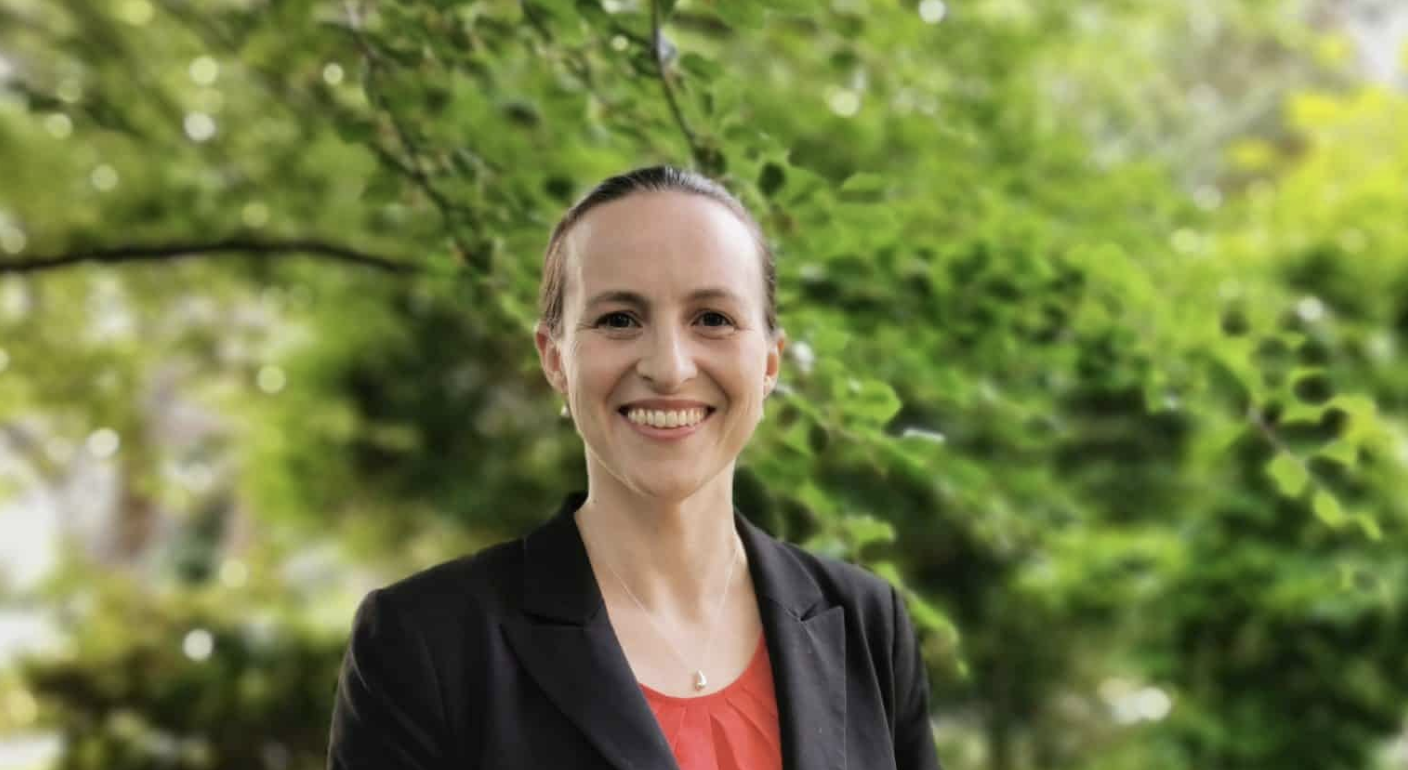
Fund manager: Asset owners should tackle corporates’ net zero issues head on
Institutional investors should not shy away from escalating net zero challenges at corporates, a leading fund manager has said
Outlining real world impact through stewardship is going to be more important than ever for institutional investors going forward, investment players agreed during a digital discussion.
One leading fund manager, Kim Farrant, general manager for responsible investment at Australian superannuation fund HESTA, which has around $47 billion in assets under management, told the audience of industry insiders that “this impact is something that is a core focus for us, and that I imagine will be a continuing focus."
“This escalation process is going to become more important. Specifically, we are going to be paying greater attention to biodiversity, having developed a roadmap after identifying biodiversity loss as a major portfolio risk last year.”
According to Farrant, HESTA also has an escalation framework, and using this the fund has already placed a number of companies onto its watchlist.
Farrant made the remarks at a webcast discussion on ‘transforming responsible investment policies into action’, overseen by the UN Principles for Responsible Investment.
We are going to be paying greater attention to biodiversity.

Middle East
At the same event, Steve Corrin, senior executive officer at the UAE-based Emirates NBD Asset Management, looked into reasons why his firm was rare in being a UN PRI signatory from the Middle East region.
“We're fairly new to ESG investing and sustainable investing and from ourselves as a firm and also as a region. But it's catching up fast.
“However, in developing areas like the Middle East, the ESG third party data is still way behind what it would be in the developed markets.”
While the Middle East has gained a poor reputation when it comes to its environmental credentials, Corrin also pointed the existence of places such as Masdar city near Abu Dhabi, which when completed will run entirely on renewable energy.
Further positive signs were seen in January this year, when the Gulf Cooperation Council, made up of Bahrain, Kuwait, Oman, Qatar, Saudi Arabia, and the UAE, published a set of indicators for ESG disclosures albeit on a voluntary basis, paving the way for a potential sustainable finance taxonomy in the region.
Later this year, Abu Dhabi will host global climate event COP28.




